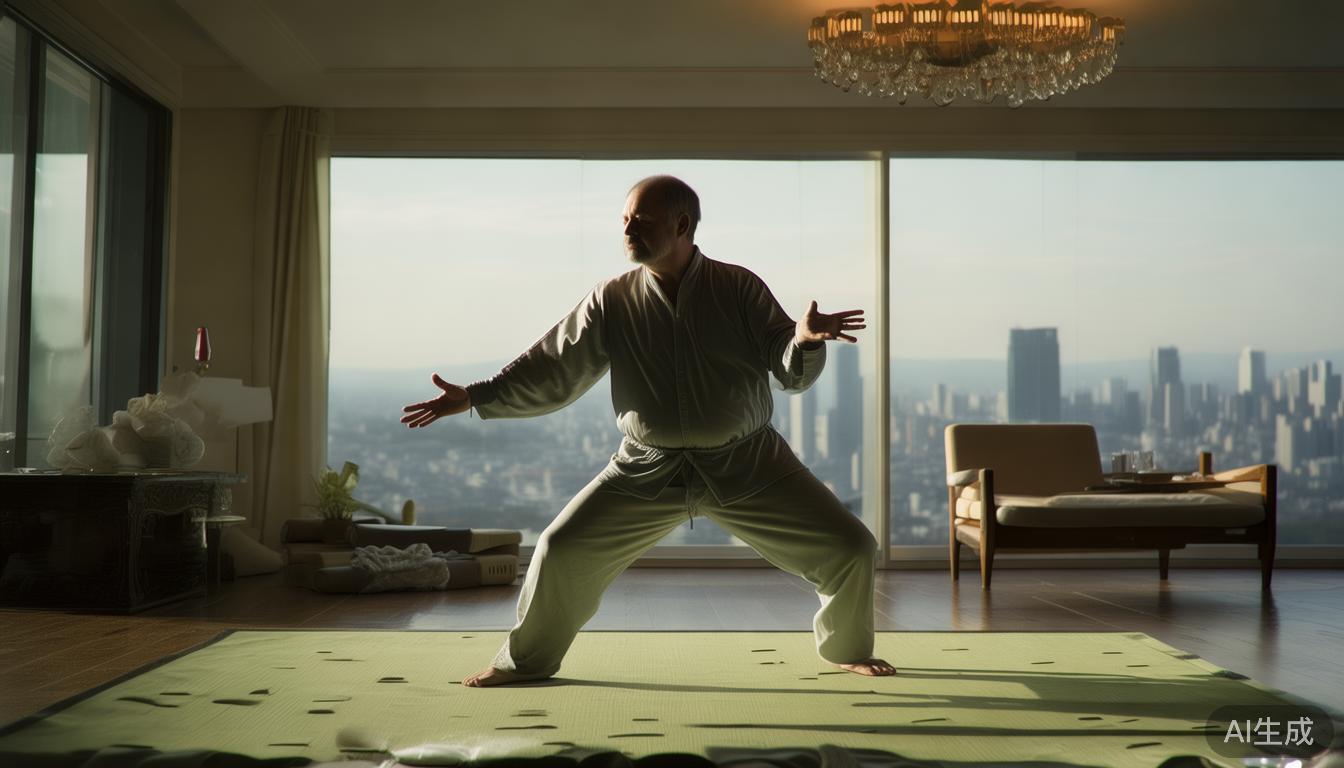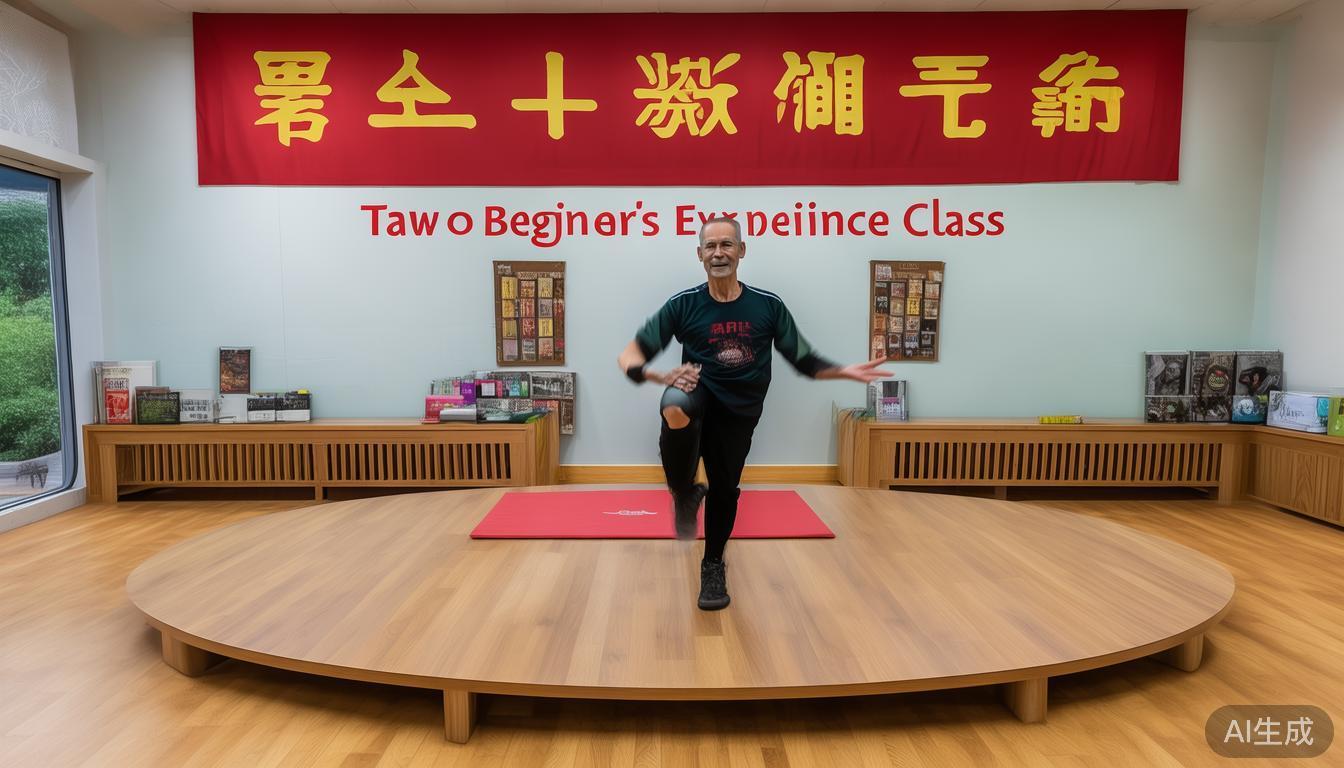The health benefits of Tai Chi are not limited to the seemingly slow-motion surface. It is a physical and mental practice that has existed for a long time. It uses gentle and coherent movements to promote our breathing regulation, muscle and bone strengthening, so as to achieve inner balance in today's fast-paced modern life. Reconstruction, I have witnessed with my own eyes many people’s chronic pain conditions have improved through long-term practice, and their overall vitality has been improved. Next, I will share about the health promotion of Tai Chi in various aspects and the ways to enter it in daily life.
How Tai Chi improves body flexibility
Every Tai Chi movement Tai Chi Courses Online emphasizes smooth stretching. Through slow rotation and stretching, the range of joint movement and muscle elasticity are gradually increased. For example, the cloud hand movement requires the shoulders, elbows, and wrists to work together. Long-term practice can effectively relieve shoulder and neck stiffness. Many middle-aged and elderly friends told me that they used to have difficulty bending down, but after several months of practice, they can now complete daily housework easily. This improvement in flexibility not only reduces the risk of sports injuries, but also makes people feel lighter and more flexible.
In addition to focusing on limb flexibility, Tai Chi also pays attention to the health of the spine. It gently stimulates the intervertebral discs and surrounding ligaments through spiral twisting movements, and promotes blood circulation. I often remind students that regular spine movement is like maintaining a precision instrument to slow down the degeneration process. Especially for sedentary office workers, spending ten minutes a day practicing Single Whip Down Position can significantly reduce back pain and swelling.
How Tai Chi helps relieve stress

In a fast-paced society, stress is like an invisible killer, and Tai Chi helps us find inner peace with the concept of "stopping with stillness". During practice, deep and long abdominal breathing combined with soothing movements can reduce the level of sympathetic nerve excitement and reduce the secretion of cortisol. My own experience is proof. Whenever I feel anxious, a set of simplified Tai Chi can calm my thoughts.
More importantly, Tai Chi will cultivate our ability to focus on the present moment, placing our concentration entirely on the precise coordination of movements and breathing, so that worries can be separated and isolated from the outside. A student once shared that she successfully overcame the problem of insomnia by consistently participating in morning exercises. Such an inner tranquil state of mind will continue to reach daily real life, allowing us to be more calm and calm when facing challenges.
Who is suitable for practicing Tai Chi?
Many people mistakenly believe that Tai Chi is only suitable for the elderly. In fact, it is a low-impact exercise with universal applicability. For those with fragile joints, its gentle properties can avoid injuries caused by strenuous exercise. Office workers can use short exercises to relieve muscle tension. I have coached a large number of young parents who used their children's nap time to practice, thereby gradually improving their postpartum physical weakness.
Patients with chronic diseases can also benefit from it. Research has clearly pointed out that Tai Chi For Diabetes has an auxiliary therapeutic effect on high blood pressure and diabetes. However, patients with severe osteoporosis or acute inflammation must follow the guidance and suggestions of doctors. The key point is to properly adjust the intensity according to the specific situation of the individual. For example, patients with knee arthritis can appropriately reduce the amplitude of sinking. The most important thing is to focus on truly feeling the flow of breath.
How to start learning Tai Chi

At this stage of entry, it is best to find a professional instructor for guidance to avoid forming wrong movement habits. Community centers or Tai Chi gyms generally provide trial classes, and you can try them out before making a decision. I would like to suggest that for beginners, they should start with taichi for health by simplifying the twenty-four poses and focus on mastering the basic footwork and breathing rhythm. There is no need to rush to perfect the moves.
When practicing at home, choose a quiet and well-ventilated space, wear loose clothing, and practice at a fixed time every day. The effect will be better. There are many high-quality teaching videos for reference, but it is best to use face-to-face learning as the basis. Remember, persistence is more important than the duration of a single practice. Even if it is only fifteen minutes a day, as long as you continue to persist, you will see changes.
In the process of health management, have you ever encountered the trouble of maintaining an exercise plan? You are welcome to share your experiences in the comment area. If you find this article helpful, please like it to support it and spread it to more friends.


